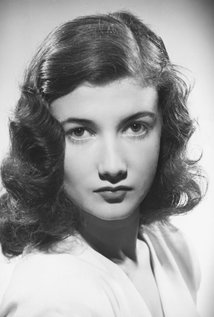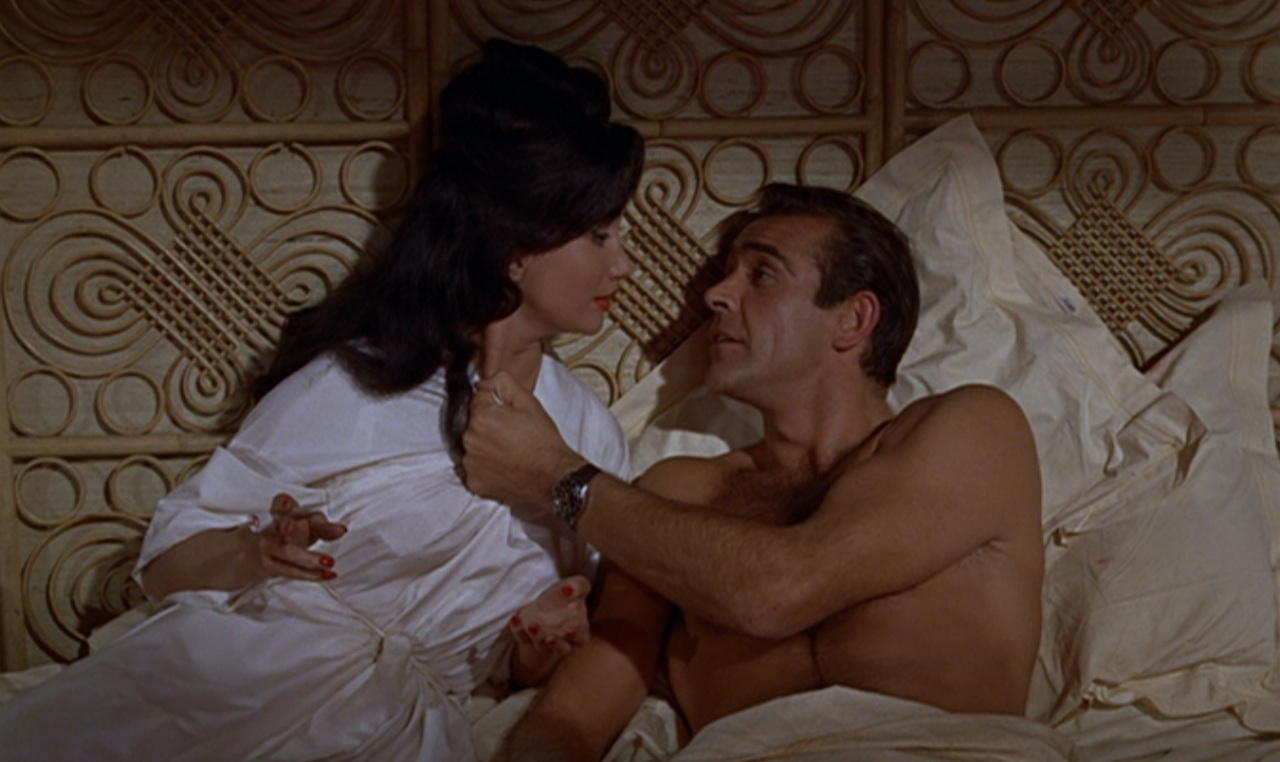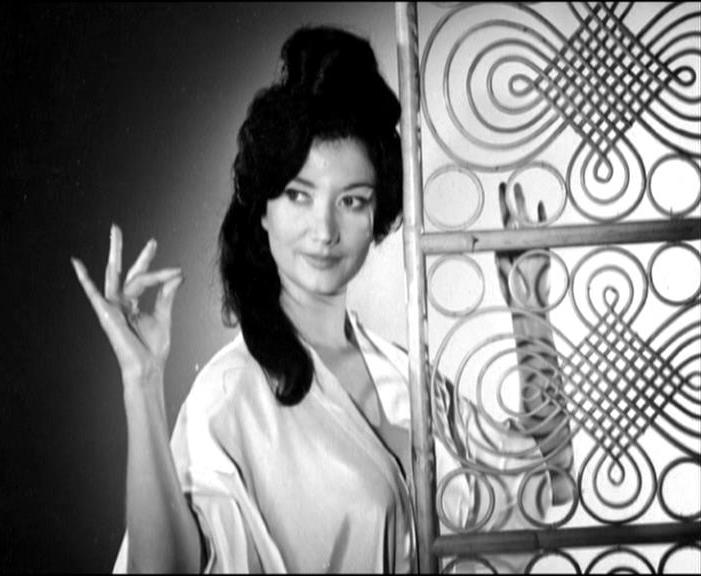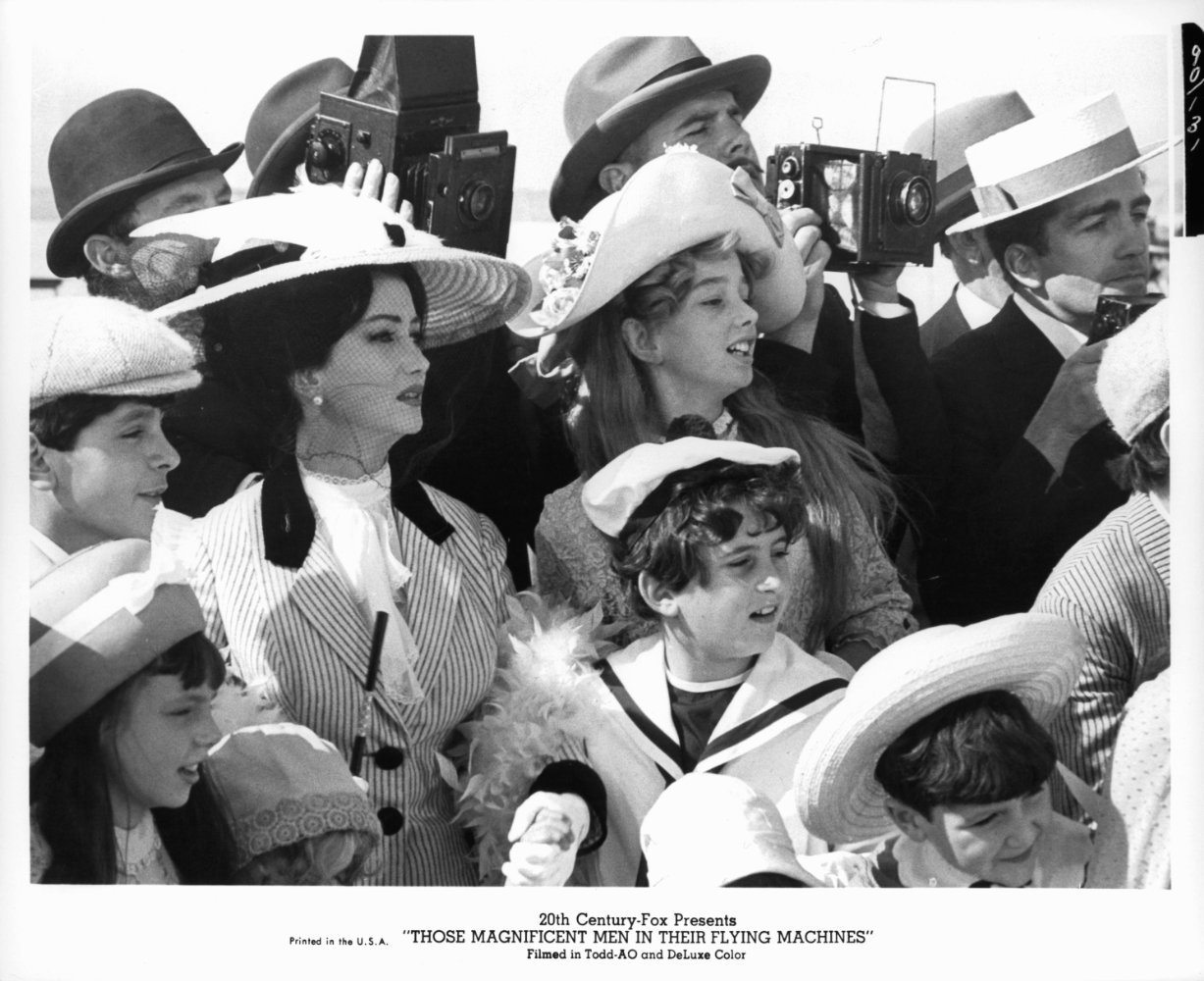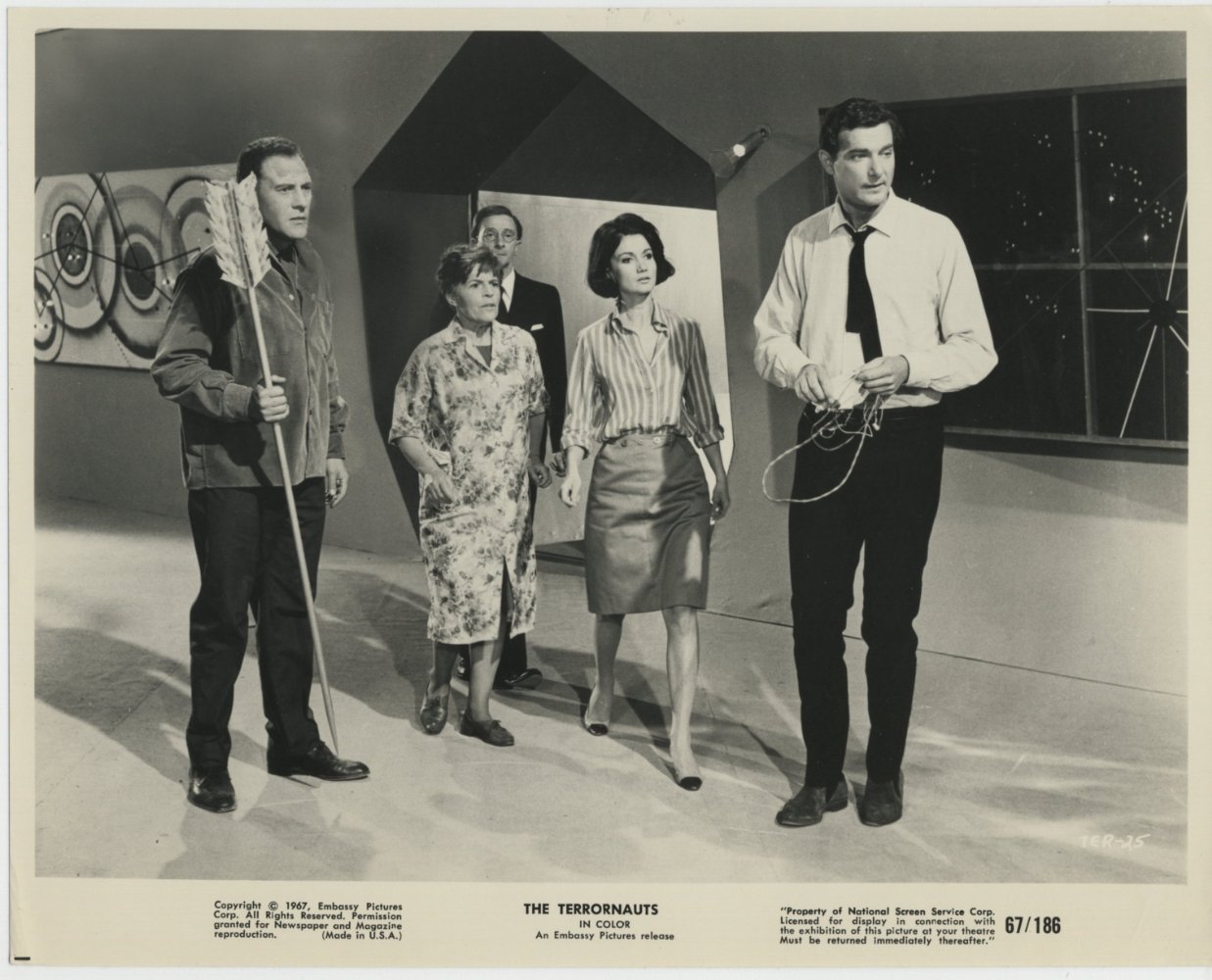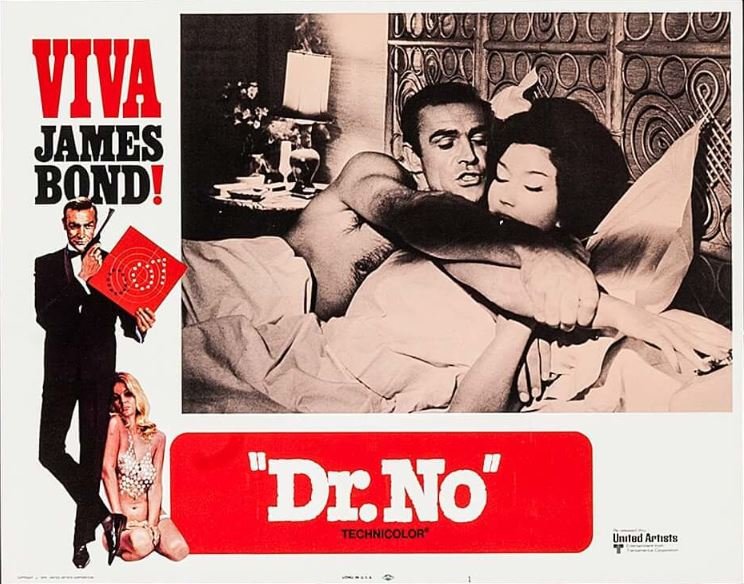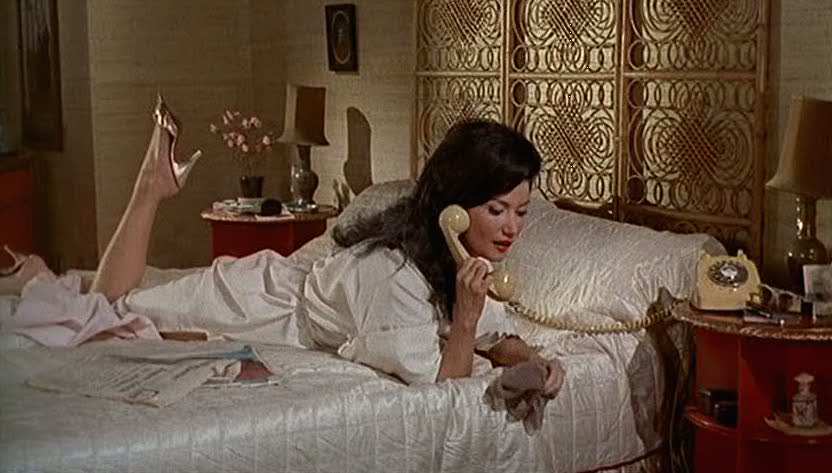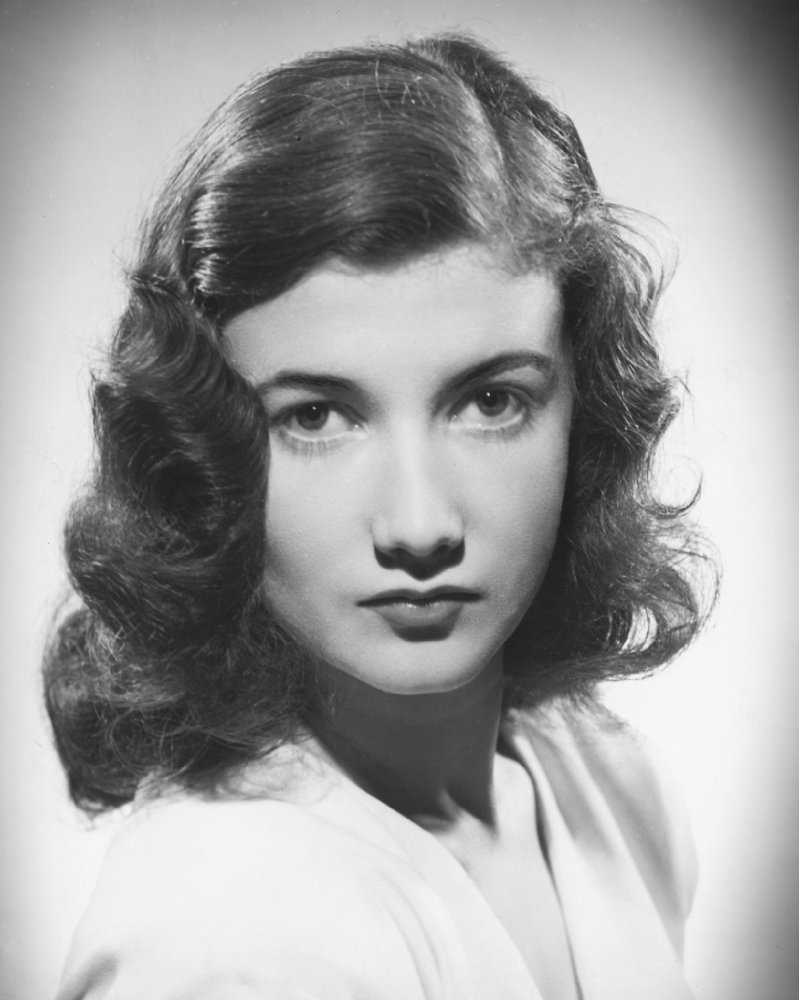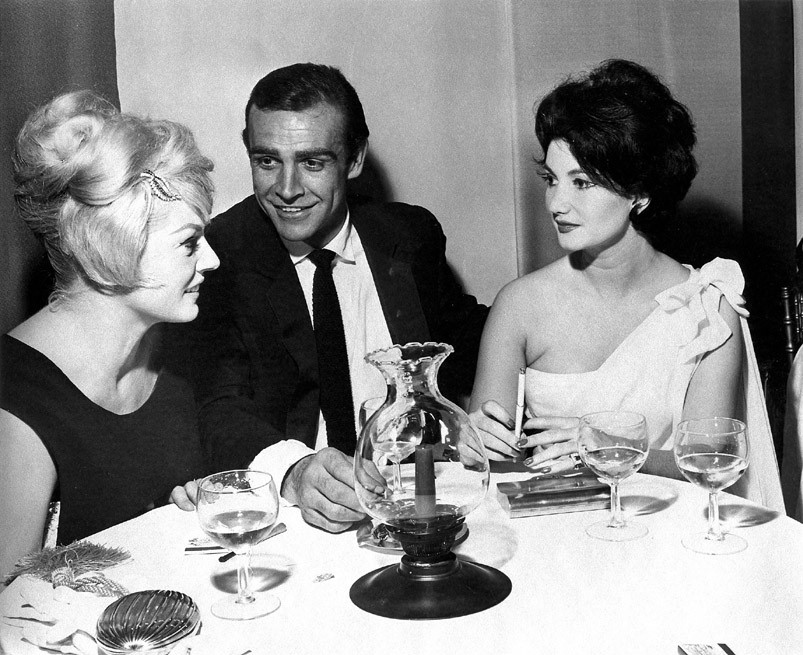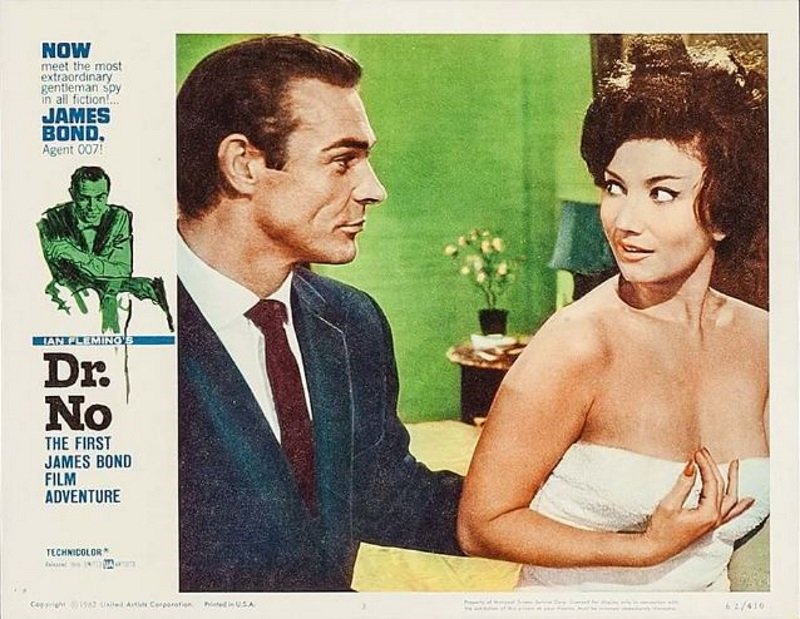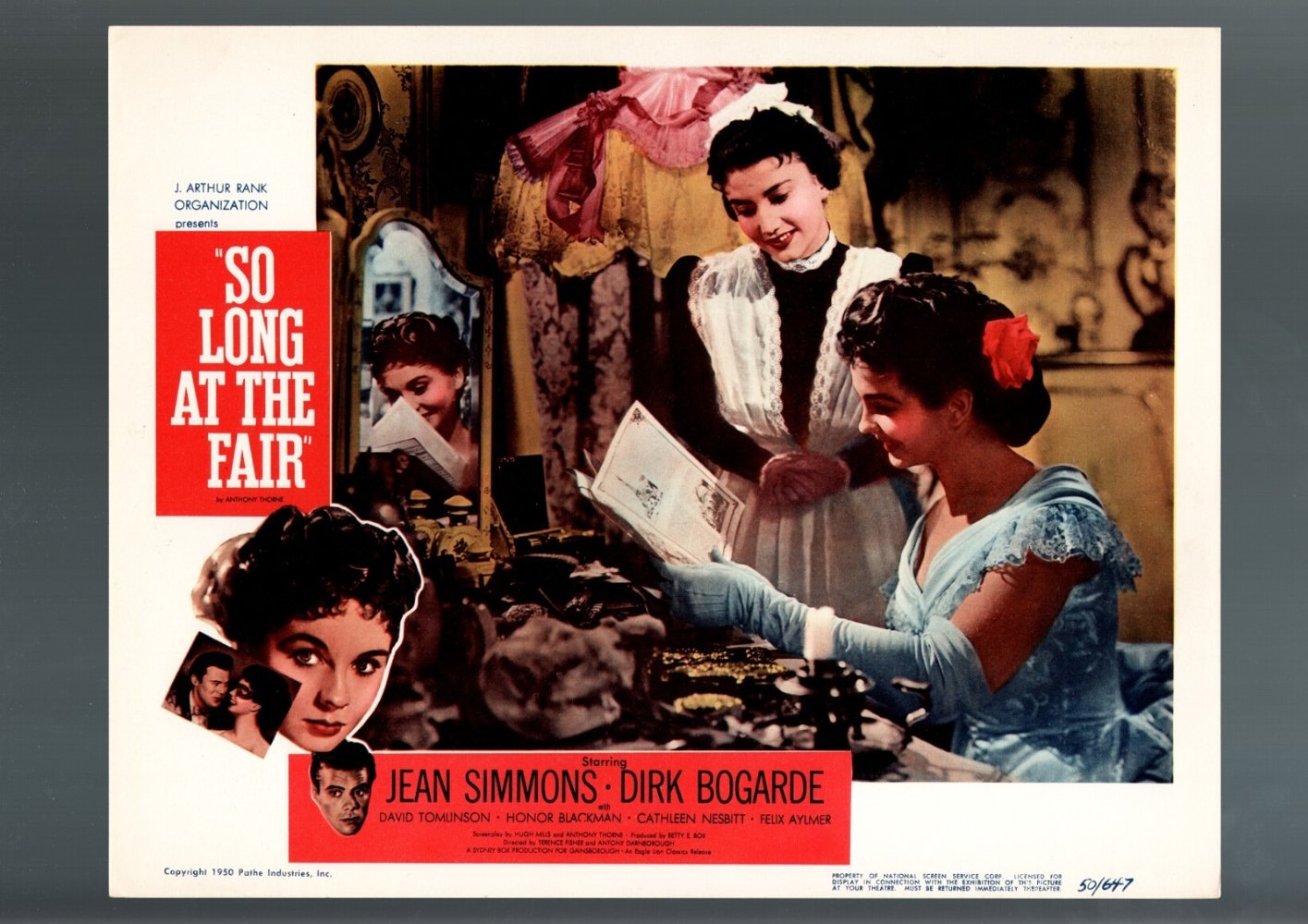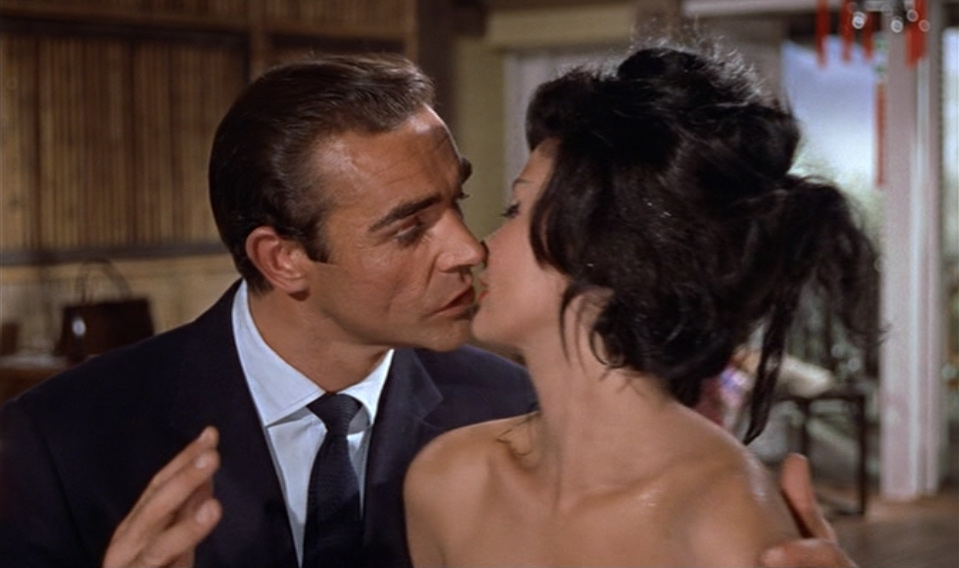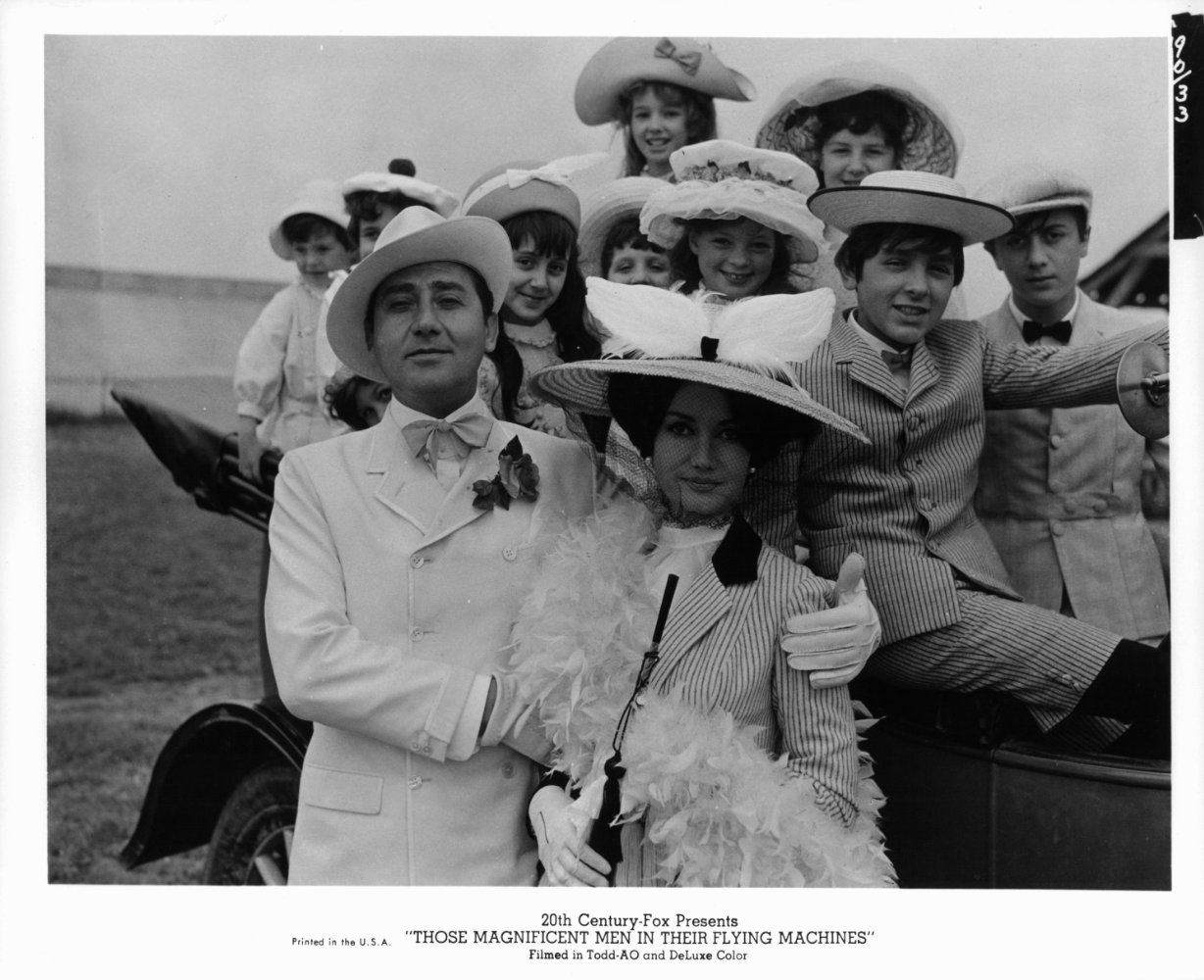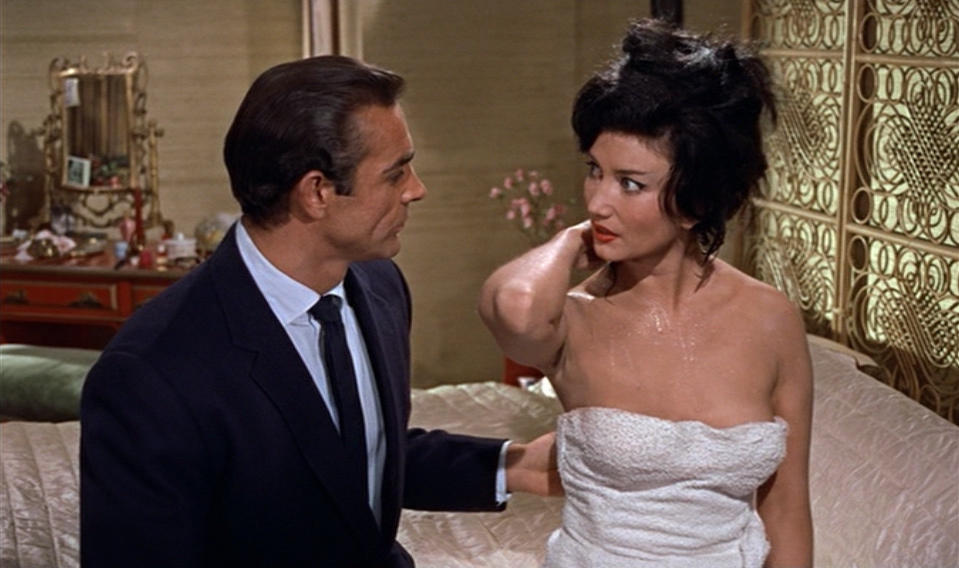Striking, dark-haired beauty Zena Moyra Marshall was born of French (from her mother's side) and English/Irish (her father's) ancestry in Narobi, Kenya. After the early death of her father, her mother remarried and moved the family to Leicestershire. Zena received her education from St Mary's Roman Catholic School in Ascot. Her inter...
Show more »
Striking, dark-haired beauty Zena Moyra Marshall was born of French (from her mother's side) and English/Irish (her father's) ancestry in Narobi, Kenya. After the early death of her father, her mother remarried and moved the family to Leicestershire. Zena received her education from St Mary's Roman Catholic School in Ascot. Her interest in the acting profession matured after a wartime theatrical tour with the Entertainments National Service Association (ENSA), while still in her teens. After completing her training at RADA, her exotic looks led to a contract with the Rank Organisation where she was groomed by the so-called 'charm school' as a sultry temptress and second lead in costume films, romantic melodramas and thrillers.Zena made her screen debut in the stagey, moribund epic Caesar and Cleopatra (1945). She had a bit-part as a handmaiden. Interestingly, this was also a screen bow for future James Bond star Roger Moore, uncredited as a Roman soldier. Zena's subsequent career was anything but meteoric. For several years, she was given only minor supporting roles in productions by Rank affiliates, such as GFD/Two Cities and Gainsborough, including Sleeping Car to Trieste (1948), Snowbound (1948) and So Long at the Fair (1950). A brief sojourn in Hollywood resulted in a lacklustre Allied Artists musical, Let's Be Happy (1957), as an amorous redhead, rivalling star Vera-Ellen for the affections of crooner Tony Martin. During the 1950's, she managed to rekindle her theatrical career and, by the end of the decade, went on tour through Germany and the Netherlands with "The Late Edwina Black". Zena was one of the first actresses to be featured in a British television commercial (for shampoo) on early ITV. Television did, in the end, become her favoured medium. She had some of her better on-screen moments in three episodes of Danger Man (1960), opposite Patrick McGoohan, between 1961 and 1964.Zena Marshall's main claim to fame rests on her portrayal of the Eurasian double agent, Miss Taro, in the first ever Bond film, Dr. No (1962). Her character was, incidentally, the first woman seduced by Bond, prior to his encounter with Ursula Andress in the part of Honey Rider. Another noted beauty, the reigning Miss Jamaica, Marguerite LeWars was originally slated to screen test for Miss Taro. However, Lewars declined for reasons of 'personal modesty' and is merely glimpsed in the film in a bit as an unnamed photographer. Zena herself, was at first unhappy with the script, but Terence Young, who had previously worked with her on the poorly-received costume biopic,The Bad Lord Byron (1949), lightened some of the dialogue with humour. In the end, the bedroom scene with Sean Connery took three days to shoot, because Zena struggled with the idea of having to spit in her co-star's face, after Bond has her character turned over to the superintendent of police. Miss Taro remains one of the most iconic of Bond villainesses.Zena's last roles of note were as an Italian countess in Those Magnificent Men in Their Flying Machines or How I Flew from London to Paris in 25 hours 11 minutes (1965), and as a secretary fighting alien enemies (alongside incongruously cast accountant Charles Hawtrey in the insipid sci-fi outing The Terrornauts (1967). After that, she retired from the screen and settled into domestic life with her third husband, the writer/producer Ivan Foxwell.
Show less «

